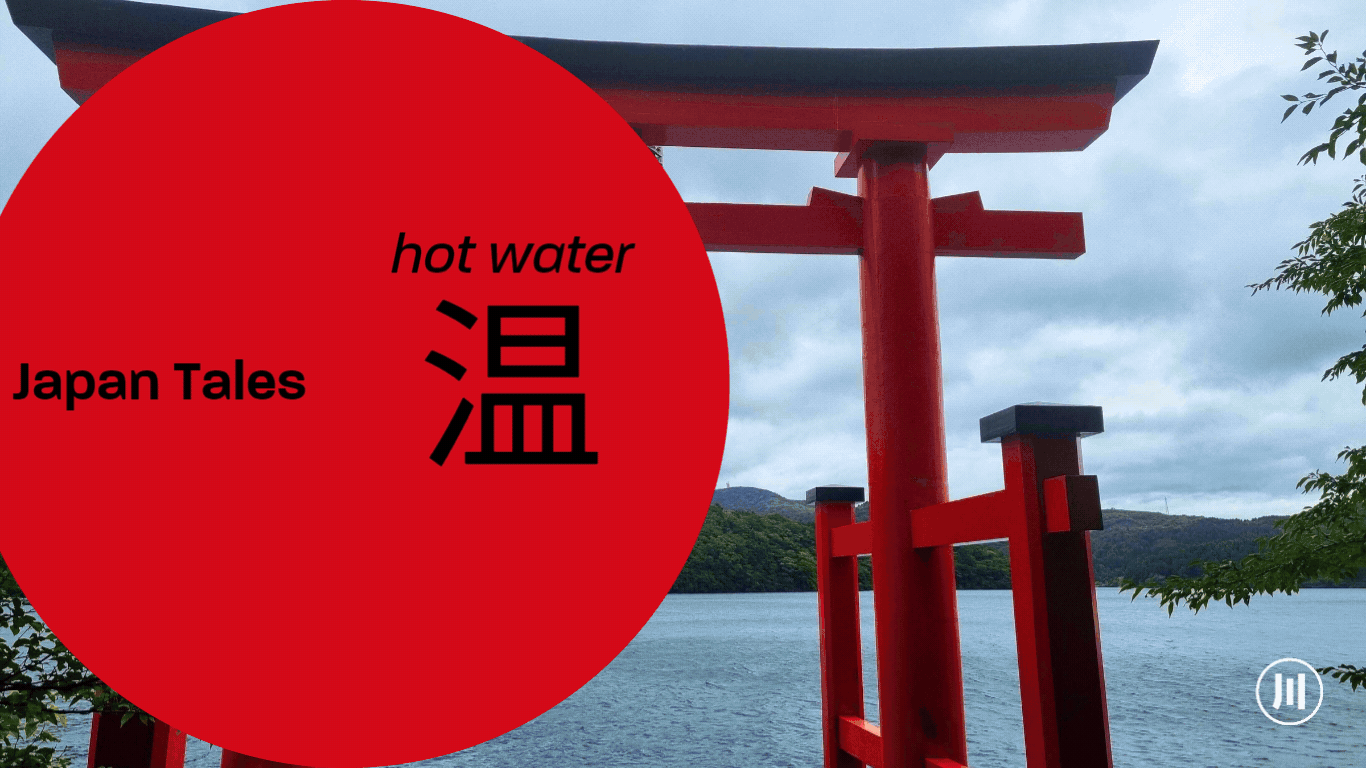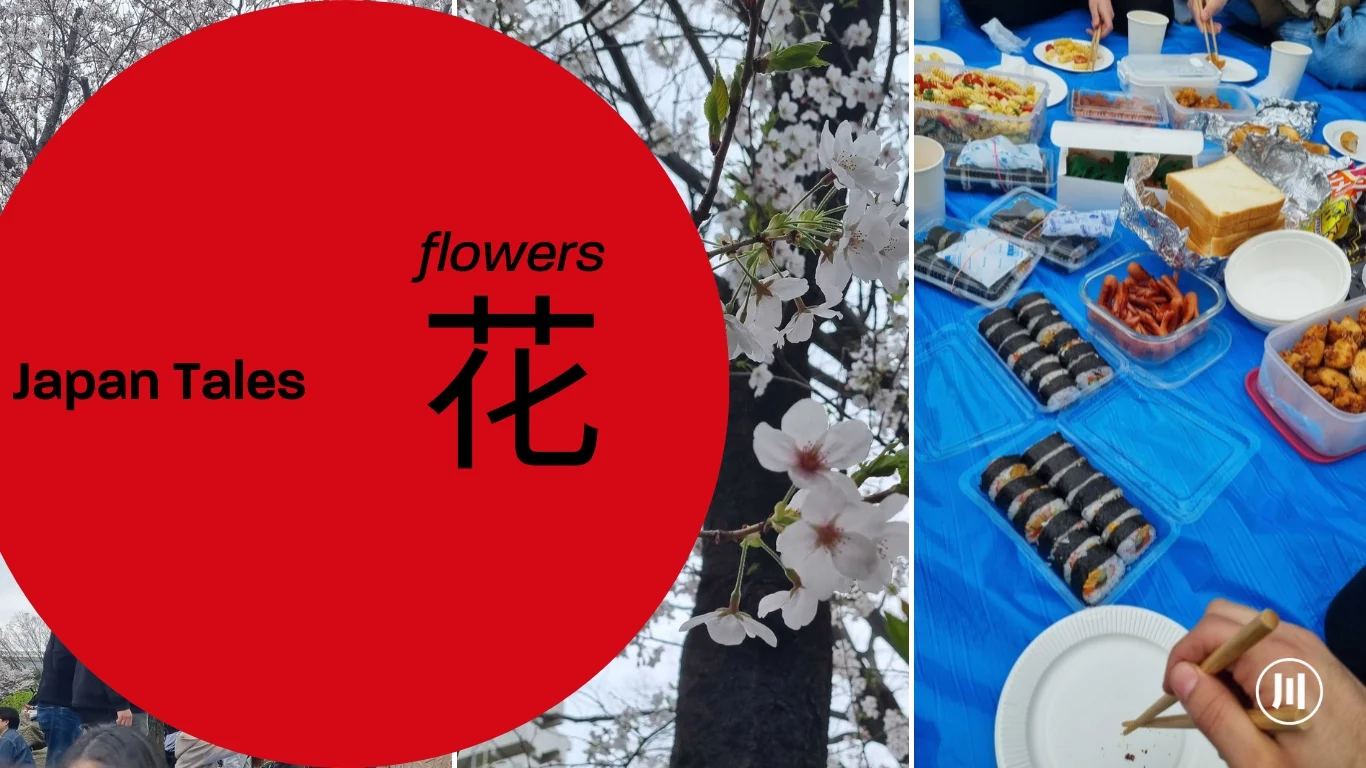
For the summer episode of Japan Tales, there’s no better word to talk about than 温 (Yu), literally hot water. This character appears in various heat-related concepts like body temperature, hot water, and thermal centers. Tokyo summers can be very hot and humid; therefore, this character will become quite familiar to people staying in Japan during the warm months.
温度 (Ondo) means temperature. Made from 温 and 度, a character for measures, it’s the generic word when measuring heat or cold levels. Japanese has specific words for different concepts, so “temperature” changes depending on the measured object. 体温 (Taion) is the body temperature, while 気温 (Kion) is the climate temperature. Tokyo’s temperatures can get above 40°C during the summer, and it’s not uncommon to see 気温33°C on monitors during the evenings. The air feels even heavier with high percentage of 湿度 (Shitsudo), humidity.
How Japanese fight hot weather and humidity in the summer
The citizens arm themselves with a variety of devices to fight the heat. Long detachable sleeves to hide the skin from the sun, mirrored visor hats, and towels are the simplest in use. In addition, portable electric fans, electric neck coolers, and A/C integrated jackets figure among the high-tech gadgets.
The most basic instrument, though, is, of course, the thermometer. 温度計 (Ondokei) is the generic name for it, while 体温計 (Taionkei) is the one for the body. 計 is a character for calculus or measures, and it appears in counting devices like clocks 時計 (Tokei).
Hot springs as part of the Japanese culture
One of the most famous experiences in Japan, 温泉 (Onsen), the hot springs, are a permanent part of the country’s culture. Literally meaning “hot water fountain”, Onsen is a way to relax and disconnect from the busy life. 温 or more simply ゆ (Yu) usually marks the presence of an Onsen. In the hot springs, customers enter the baths utterly naked after a thorough shower. It is believed that relaxing and bathing are the perfect ways to bring people together. In fact, the location encourages talking and interacting with strangers. Hot springs are trendy tourist spots, and Japanese tourists of spa towns 温泉街 (Onsengai) add these popular destinations to their breaks.
Hot water and food
Another part of Japanese culture related to 温 is the ubiquitous カップヌードル (Cappūnudoru) Cup Noodle. Invented in 1958 by Momofuku Ando, Cup Noodles are fast and easy-to-prepare meals in the ever-busy landscape of Japan’s work culture.
Needing only hot water to be poured in and just a couple of minutes to cook, this type of instant ramen has become incredibly popular. Offering various flavors, the cup noodles appear everywhere in stores and supermarkets.






